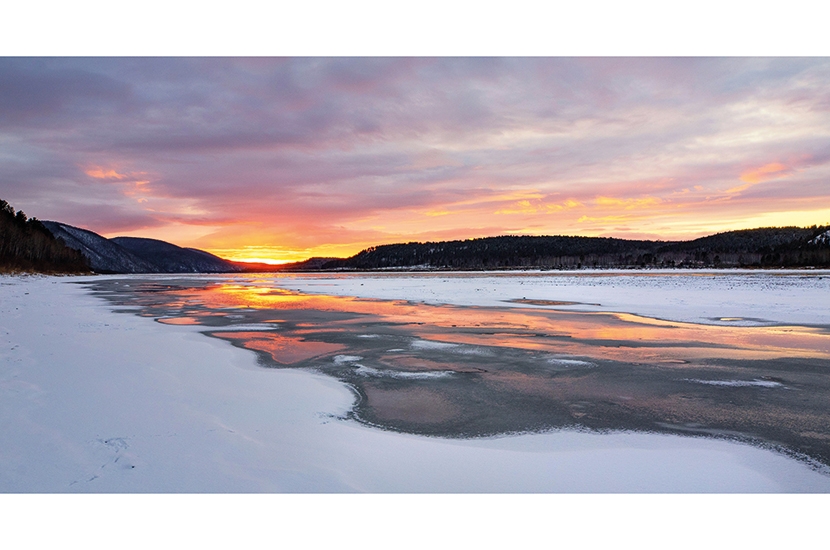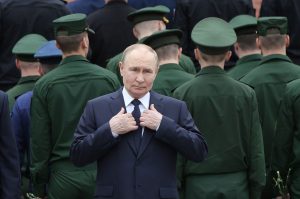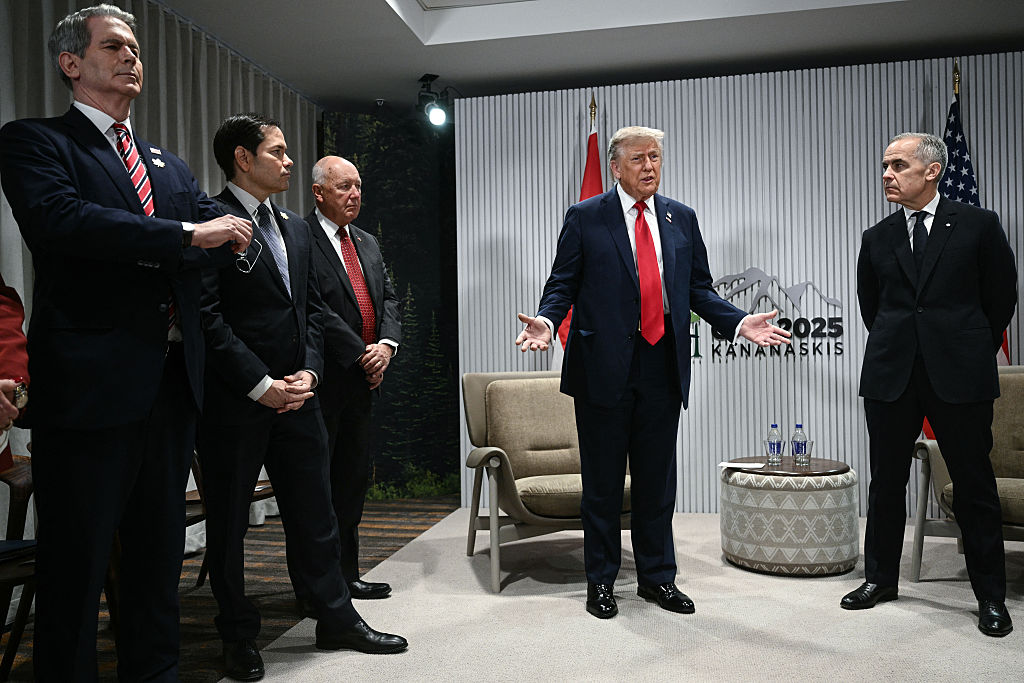The Amur is the eighth or 10th longest river in the world, depending on whom you believe. The veteran travel writer and novelist Colin Thubron reckons 2,826 miles the best estimate. In these pages he makes an arc-shaped journey from source to mouth: Mongolia to the Pacific via Russia and China.
The author travels on horseback, buses, pontoon rafts, boats, trains and in taxis and the vehicles of strangers. Starting in late August, he breaks off in Khabarovsk, the largest city on the Amur (population 500,000), returning home to London when the river freezes. As book and journey progress, the Amur changes its name and gender. Mongolian horsemen know it as Onon, the Holy Mother, Siberians as Shilka, Russians as Little Father, and in China it becomes the Heilongjiang, or Black Dragon River.
Menace and foreboding stalk the steppe. The Amur River’s first page alone has the words, ‘forbidden’, ‘formidable’, ‘mistrust’ and ‘razor wire’. The waterway follows the longest fortified frontier on Earth, one that runs through deeply contested badlands, and it is not surprising that for Thubron, entering his ninth decade, ‘a rankling unease’ persists. Furthermore, early on he sustains two fractured ribs and a broken fibula. ‘I knew I was weakening,’ he writes before chapter one draws to a close. Seventy pages later he notes to himself: ‘You wonder if you should go home.’
Thubron has published 10 travel books, six covering regions of Russia and China shattered by pocket demagogues and ancient history. In this latest he again summons both landscape and people with nuanced sensitivity. The reader sniffs footwear steaming by the campfire alongside horse blankets, hears the cry of a wolf in the night (‘a thread of sound’), and at the head of a pass in the Shilkonsky massif glimpses a clump of birch trees that ‘shivers with votive flags’.
Thubron keeps himself on the sidelines, as a travel writer must, only occasionally splashing the prose with lyrical reflection (‘the land’s human emptiness and its deep silence stir a pang of wonder, as if the world were young again’). The narrative present tense, a tricky device, maintains an agreeable illusion of spontaneity.
The book presents its history with a light touch, often through the yeasty direct speech of interlocutors. They include, notably, indigenous peoples, from Buryats, settled in deep bands on both sides of the Russo-Mongolian border, and, from what in Russian are called the ‘small peoples’, the Nanai of the Amur Valley and the Ulchi, the latter numbering scarcely 3,000. Homo sovieticus liquidated most of them one way or another in scenes beyond horror. Their story may be dispiriting, but for once they tell it themselves.
Then, half way through, comes China. For 1,000 miles the Amur forms the border between Russia and its neighbor, and ‘mutual suspicion has aborted any break-water or almost any bridge’. A clash of cultures, of history, and of perspective forms the emotional heart of the book. As Thubron writes: ‘An old paranoia haunts this frontier now.’ Our man enters China at Heihe. Thirty years ago it was a small village. Now Land Rovers with tinted windows prowl amid ‘a harsh turmoil of commerce’; the Amur becomes a human waterway and boys ‘with hedgehog hair’ stand a foot taller than their elders.
A fabulous miscellany of information and anecdote enriches the journey. One typical nugget reveals that ‘like all the greatest waters of China’ the Heilong-jiang flows west-east (‘an axis still deep in Chinese thinking’), whereas the mightiest waterways in Russia travel northward. Walk-on parts from the past include Kandinsky, a Siberian tea trader and great-uncle of the abstract expressionist, as well as the familiar figure of George Kennan, that droop-mustached 19th-century American explorer who pops up in every Siberian volume. Thubron cites fellow travelers including Chekhov, who ‘lost his unsentimental heart to the Amur river’. (Unsentimental? I think not.)
Relations in the Amur basin reflect a bigger picture and Thubron adroitly switches lens at appropriate moments. Anyone involved in regional geopolitics should read this book. (Thubron has written astutely of political borders, ethnic realities and nationhood before, notably in his 2006 Shadow of the Silk Road.) Here we observe Putin deploying Cossack paramilitaries and warning that within a few decades Russians in the Far East will be ‘Asian-speaking’. The Chinese have not formally retracted their claim to territory seized by imperial Russia north of the Amur, and ‘the wound lingers’. So it goes on.
The Amur River ends with a guided fishing trip in a 25ft sloop through a moist hinterland ‘almost touching’ the Pacific. Thubron and his shifty crew pull up crucian carp and bony Amur barbels, and when they land an Amur sturgeon, the hunting of which has been banned for three decades, attendant policemen laugh. The team spot a Kaluga sturgeon, Huso dauricus, but poachers have already gouged out the caviar below the pectoral fin.
The illegal export that most infuriates Russians is not fish roe but Siberian timber. Thubron watches rafts of it float into China: ‘Estimates claim that every year sees the devastation of an area the size of Belgium.’ Earlier he expresses astonishment that although the Russians crushed Mongolian culture and almost liquidated the elite, ‘it is the Chinese who are regarded [there] with visceral loathing and distrust’. But it is Russian hatred of the Chinese that really lingers as one closes the book. A string of industrial Chinese cities upriver pour factory effluent and sewage into the Amur, whereas Russia’s ‘industrial poverty’ has kept its water purer. ‘Other of the Earth’s great rivers,’ Thubron concludes, ‘carry no such tensions… Only the Amur divides.’
They say travel writing is dead, but it isn’t. Here is a writer at the top of his game, one from whom those toiling on the lower slopes have much to learn. Thubron, having seen and reflected, has distilled his observations into a volume that will outlive Cassandras, post-Soviet gangsters and every smuggler who ever stacked a raft.
This article was originally published in The Spectator’s UK magazine. Subscribe to the World edition here.

























